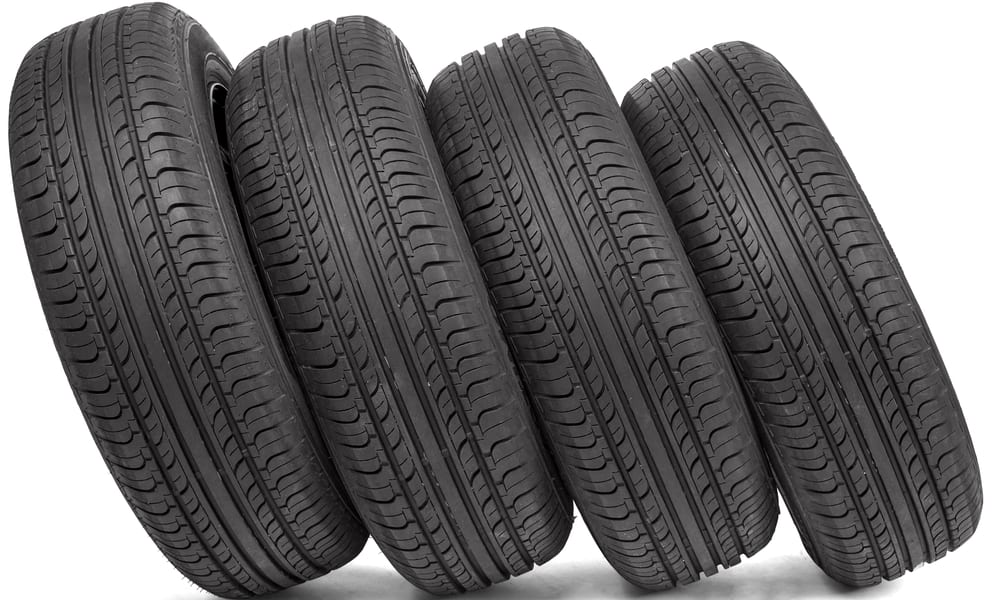Reigniting the Love for Vintage Cars: A Deeper Look into Restoration Processes
Introduction: The roar of an engine, the smell of aged leather, the nostalgia evoked by a classic car – there’s a certain charm that vintage automobiles hold that modern machines can't replicate. This article delves into the world of vintage car restoration, a fascinating journey of reviving the past glory of these timeless beauties.

The Historical Tapestry of Classic Cars
Vintage cars are moving monuments of history, each one carrying a unique tale of technological innovation, cultural shifts, and human craftsmanship. The journey of classic cars dates back to the early 20th century when the automobile industry was in its nascent stage. Early models like the Ford Model T, Austin 7, and Chevrolet Series D set the foundation for the modern automotive world. However, with the advent of new technologies, these classics gradually faded into the background. Today, they are revered as nostalgic artefacts, and their restoration has become a cherished hobby for many enthusiasts.
The Intricate Art of Vintage Car Restoration
Restoration involves reviving a vintage car to its original condition, often requiring a meticulous overhaul of every aspect, from the bodywork to the engine. It’s a labor of love, demanding patience, skill, and an in-depth understanding of the car’s original specs. The process begins with a thorough inspection, followed by disassembly, repair or replacement of parts, reassembly, and finally, a rigorous testing phase. Authenticity is the key here. The aim is to restore the car as closely as possible to its factory condition, using original or high-quality reproduction parts.
The Impact of Restoration on the Automotive Industry
While seemingly a niche, the vintage car restoration industry has a significant impact on the broader automotive sector. It not only fuels the market for rare and vintage parts but also creates a demand for specialized skills. Moreover, it helps keep automotive history alive, serving as a tangible connection to the roots of modern car design and engineering.
The Challenges and Rewards of Restoration
The restoration process is not without its challenges. Sourcing authentic parts can be difficult and expensive, and the skills required are often specialized and hard to master. But the rewards are immense. There’s a sense of satisfaction in breathing new life into a forgotten classic. Furthermore, a well-restored vintage car can command a high price in the collector’s market, making it a potentially profitable endeavor.
The Future of Vintage Car Restoration
While the restoration process remains largely traditional, it’s gradually being influenced by modern technology. 3D printing, for instance, has eased the challenge of sourcing rare parts. Also, there’s a growing trend of restomods (restoration + modern parts/technology), where vintage cars are fitted with modern features for improved performance and comfort. It’s a fascinating blend of old and new, showcasing how the past and present can coexist in harmony.
The allure of vintage cars lies in their ability to transport us back in time, to an era where every car was a work of art and a testament to human ingenuity. Through restoration, these beautiful machines are given a new lease of life, ensuring they continue to fascinate and inspire future generations.




